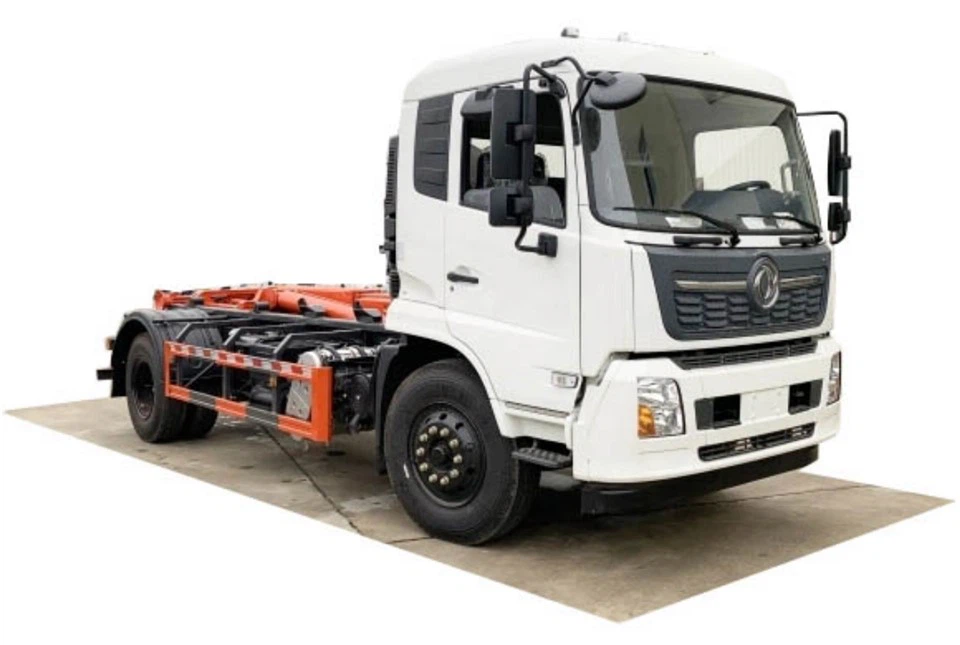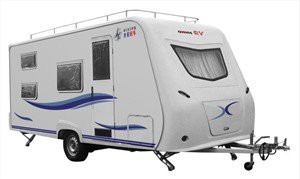All You Need to Know About Road Sweeper Brushes

A road sweeper brush is an essential component of street cleaning vehicles, known for their efficiency in maintaining clean roads and public spaces. This article will explore the different types of road sweeper brushes, their applications, maintenance tips, and innovations in the field. Whether you’re a street cleaning operator, a municipal coordinator, or just curious about the mechanics behind street sweeping, this comprehensive guide will provide valuable insights.
What is a Road Sweeper Brush?
A road sweeper brush is a rotating brush used in street cleaning machines to remove dirt, debris, and litter from road surfaces. These brushes effectively transfer debris into a collection hopper, ensuring that streets remain clean and safe for vehicles and pedestrians. Road sweeper brushes come in various designs, each tailored to specific street cleaning needs.
Types of Road Sweeper Brushes
1. Circular Brushes
Circular brushes are one of the most common types used in road sweepers. They rotate horizontally and are ideal for cleaning both smooth and coarse surfaces. These brushes can easily pick up larger debris, such as leaves and small stones.
2. Angular Brushes
Angular brushes are designed to reach corners and tight spaces. They are often used in urban areas where road edges need attention. The angled bristles allow for efficient cleaning in hard-to-reach areas.
3. Side Brushes
Side brushes are typically mounted on the sides of a road sweeper. Their primary function is to clear debris from the edges of the road, pushing it towards the center where the main brush can collect it. Side brushes are crucial for ensuring a thorough clean, especially in curbed streets.
4. Flat Brushes
Flat brushes have a wide, flat design and are useful for sweeping large, open areas like parking lots or highways. These brushes cover more surface area in a single pass, making them efficient for larger jobs.
Comparison of Brush Types
| Brush Type | Application | Advantages | Disadvantages |
|---|---|---|---|
| Circular | General cleaning | Good for various debris | May miss edges |
| Angular | Corner and tight spaces | Effective in corners | Less efficient on flat areas |
| Side | Edge cleaning | Thorough edge cleaning | Requires coordination with main brush |
| Flat | Larger areas | Covers more area quickly | Not effective for corners |
Applications of Road Sweeper Brushes
1. Urban Road Cleaning
In urban environments, road sweeper brushes are essential for maintaining cleanliness in high-traffic areas. They help in the removal of litter, leaves, and debris, ensuring a pleasant atmosphere for residents and visitors.
2. Industrial Sites
Industries often generate large quantities of debris. Road sweeper brushes equipped on trucks can effectively clean industrial yards, pathways, and storage areas, promoting safety and hygiene in the workplace.
3. Construction Sites
Construction sites can become messy very quickly. Utilizing road sweeper brushes helps keep these areas clean, reducing hazards for workers and preventing debris from entering public roads.
4. Parking Lots and Airports
Regular maintenance of parking lots and airports is essential for safety. Road sweeper brushes enhance the cleaning process, ensuring that these areas are free from debris, which can cause slips or operational delays.
Case Study: Urban Road Cleaning
A city in California implemented a new fleet of road sweepers equipped with angular brushes. The result was a significant reduction in litter accumulation and improved aesthetic appeal in neighborhoods, showcasing the effectiveness of modern road sweeper brushes.

Maintenance of Road Sweeper Brushes
1. Regular Inspection
Regular inspections are vital to ensure that road sweeper brushes are in good working condition. Operators should check for wear and tear, loose bristles, and any signs of damage.
2. Cleaning the Brushes
After use, it’s important to clean the brushes to remove debris and buildup that can affect performance. A high-pressure washer can help in effectively cleaning the bristles.
3. Replacement of Worn Brushes
As brushes wear down, their effectiveness decreases. Regularly replacing worn brushes not only improves efficiency but also can decrease the overall operational costs associated with inefficient cleaning.
4. Lubrication and Maintenance of Machinery

In addition to caring for brushes, ensuring that the sweeping machine itself is well-maintained — including lubricating moving parts — contributes to better performance and longevity of the equipment.
Tips for Maintaining Road Sweeper Brushes
- Schedule inspections every 100 hours of operation.
- Engage specialized service personnel for complex maintenance tasks.
- Use manufacturer-recommended cleaning solutions.
- Maintain a record of brush replacements to track wear patterns.
Innovations in Road Sweeper Brushes
1. Eco-Friendly Materials
New advancements have led to the development of eco-friendly bristles made from recycled materials. These innovations help reduce environmental impact while maintaining efficiency in cleaning.
2. Automated Cleaning Systems

Integrating sensor technology into road sweepers allows for automated cleaning based on real-time data on litter accumulation. This technology optimizes the cleaning routes and the use of brushes, enhancing overall performance.
3. Enhanced Brush Designs
Modern brushes now come in designs that promote better debris collection and efficiency. These enhancements ensure a more thorough cleaning process, even in challenging environments.
4. Smart Maintenance Alerts
Some newer models of road sweepers have built-in systems that provide alerts for maintenance needs, including brush replacements and inspections, ensuring that operators can maintain optimal performance easily.
Cost Considerations
1. Initial Investment
The cost of acquiring a road sweeper brush system can vary widely depending on the type, brand, and features. Innovative systems with advanced technology tend to be more expensive but can offer substantial long-term savings through efficiency improvements.
2. Operating Costs
In addition to the purchase price, operators must consider ongoing costs such as maintenance, brush replacements, and fuel. Understanding these costs can help in budgeting and financial planning.
3. Cost-Benefit Analysis
Performing a cost-benefit analysis can be instrumental in determining the most suitable road sweeper brush for specific needs. Evaluating factors, such as labor savings and operational efficiency, helps identify the most cost-effective solutions.
Best Practices for Using Road Sweeper Brushes
1. Choose the Right Brush for the Job
Understanding the specific requirements of your cleaning task will help in selecting the most appropriate brush type, maximizing effectiveness.
2. Schedule Regular Sweeping
Implementing a consistent cleaning schedule helps maintain the cleanliness of roads, reducing the amount of accumulated debris over time.
3. Train Operators Adequately
Well-trained operators can maximize the efficiency of road sweeper brushes. Training sessions should cover the correct use, maintenance, and safety procedures.
4. Monitor Performance
Keeping track of the performance of road sweeper brushes allows for timely adjustments and improvements, which can lead to better overall results.
Frequently Asked Questions (FAQ)
1. How often should road sweeper brushes be replaced?
Generally, road sweeper brushes should be replaced every 200 to 400 hours of operation, depending on the conditions in which they are used.
2. What materials are commonly used for road sweeper brushes?
Common materials for road sweeper brushes include polypropylene, steel wire, and bristle-fiber combinations that provide durability and efficiency in cleaning.
3. Can road sweeper brushes be used in wet conditions?
While road sweeper brushes can operate in wet conditions, performance may vary. It’s best to check the manufacturer’s guidelines for optimal use.
4. How do I know if my road sweeper brush is worn out?
Signs of wear include frayed bristles, decreased cleaning efficiency, and visible gaps in the brush. If you notice these signs, it is time for a replacement.
5. Are there eco-friendly options for road sweeper brushes?
Yes, many manufacturers now produce brushes made from recycled materials, offering a more sustainable option for road cleaning.
6. What should I do if my road sweeper brush becomes clogged?
If the brush becomes clogged, stop the machine immediately, and remove the debris carefully to prevent damage to the brush and equipment.
